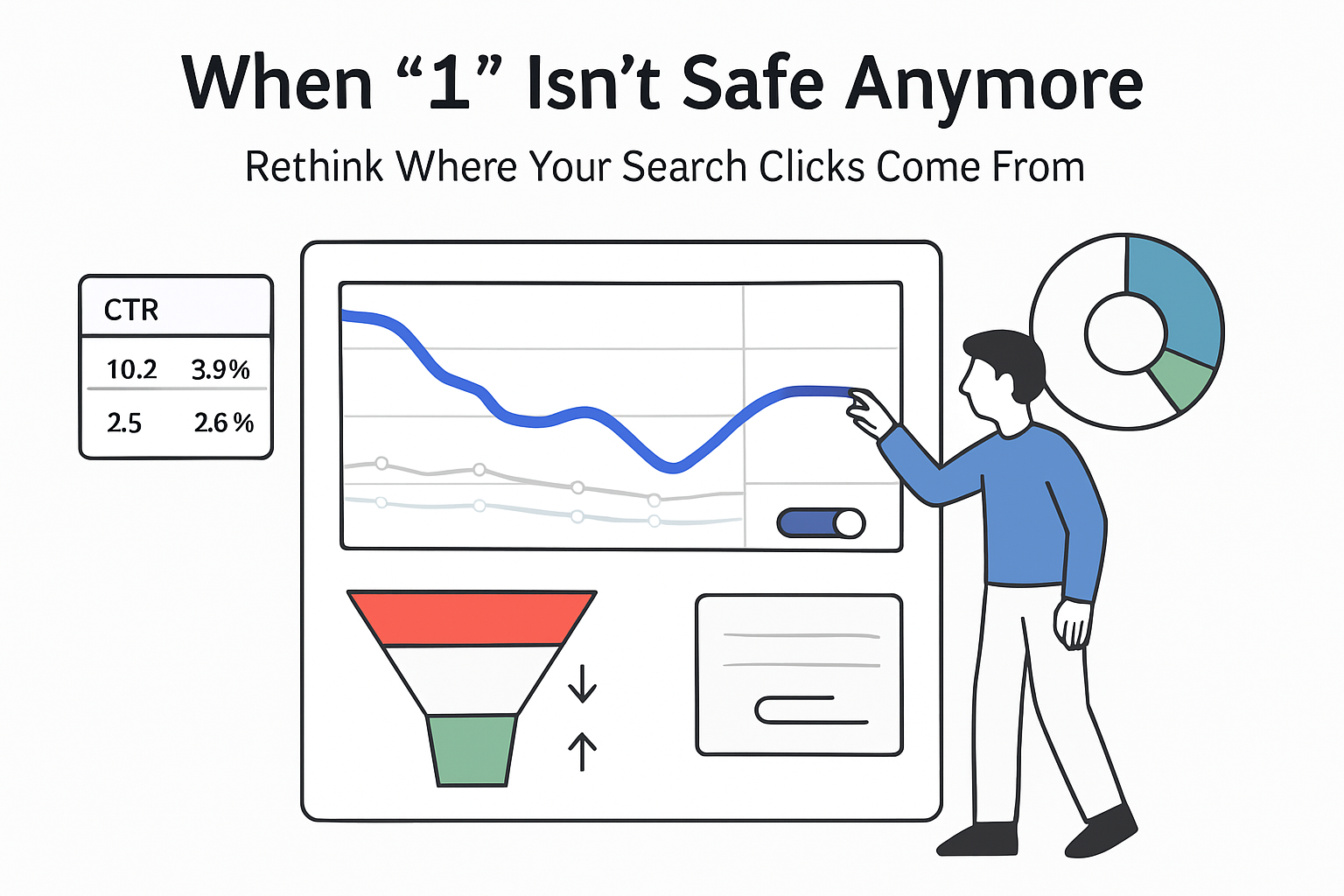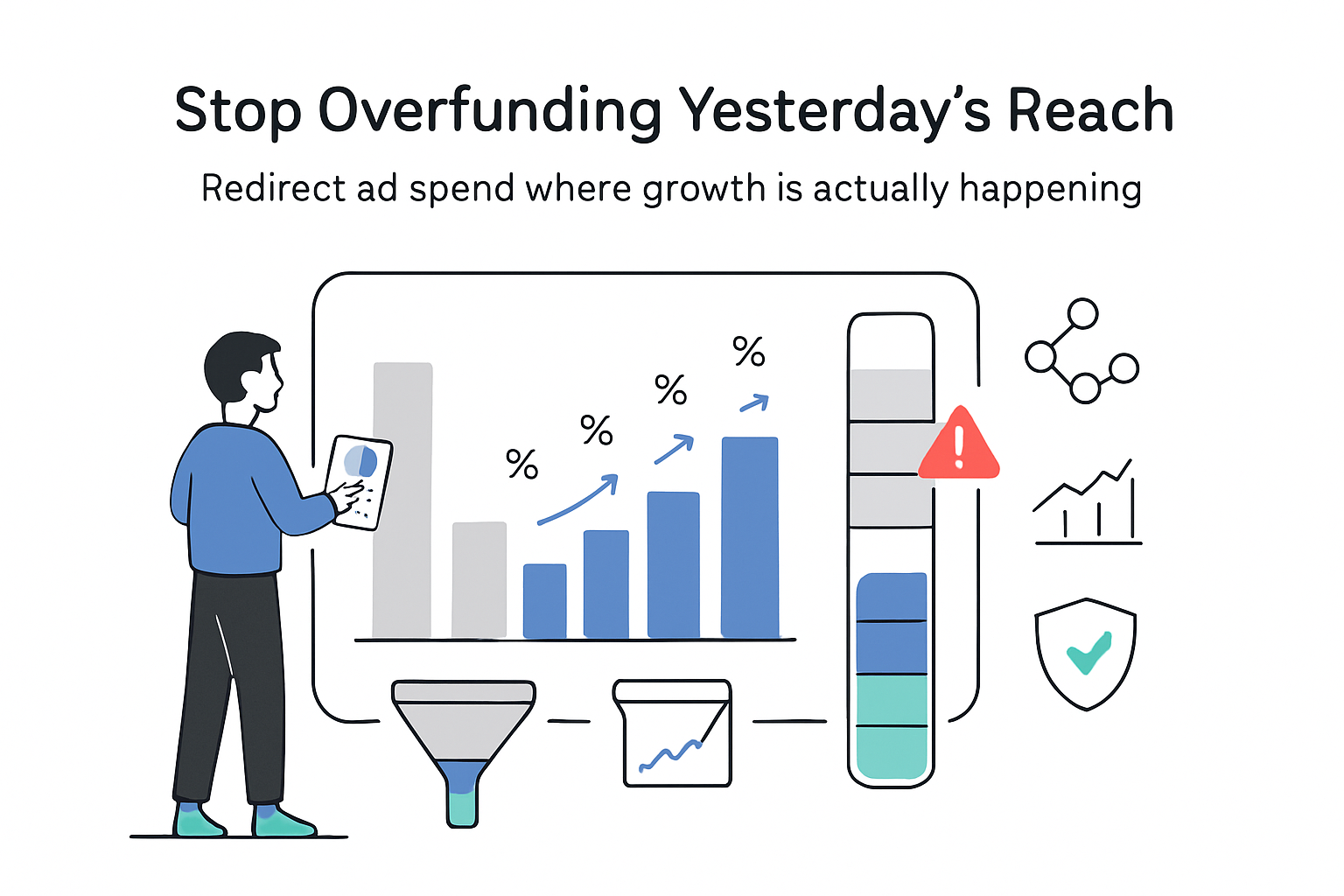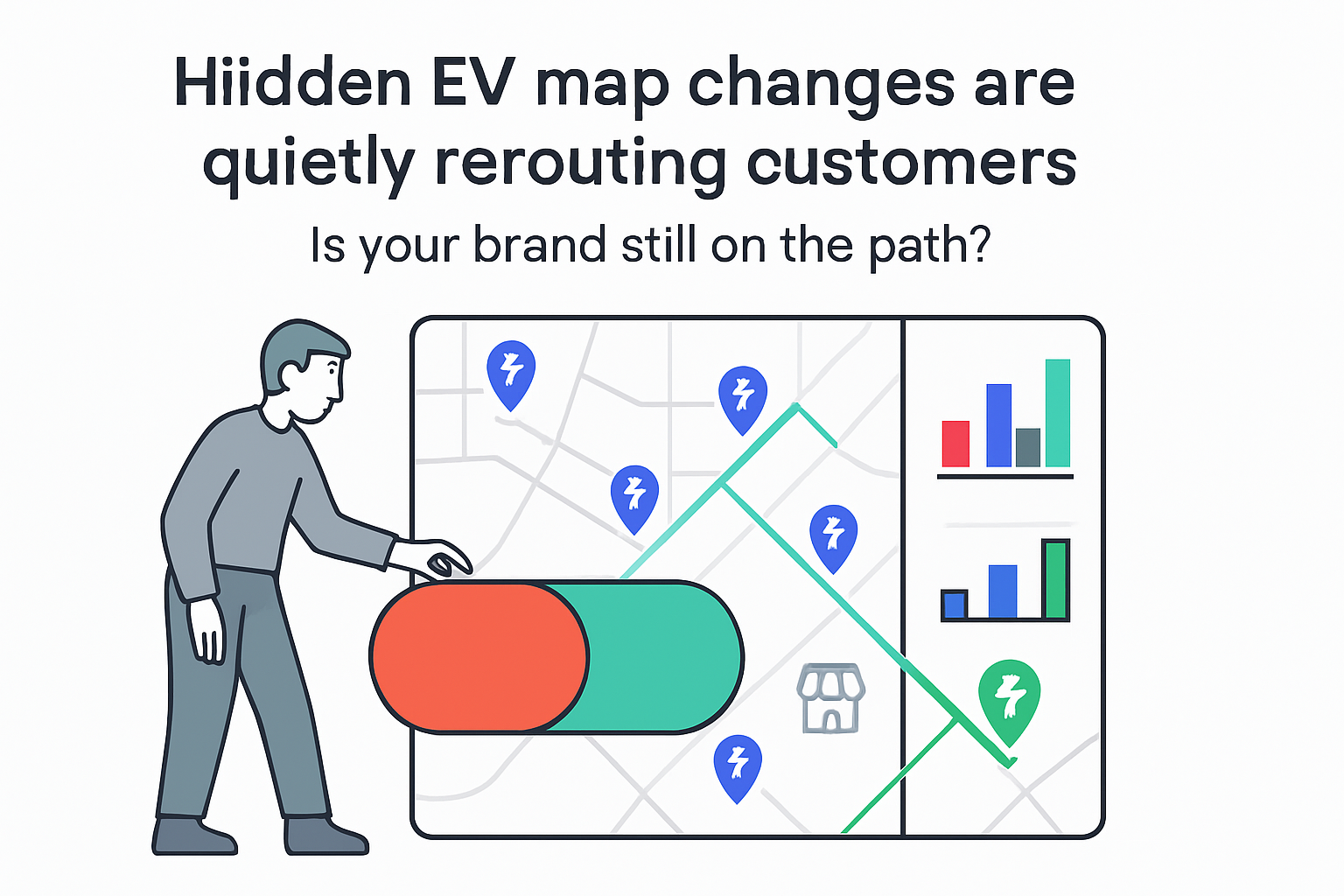Google is experimenting with AI-generated answers inside search results, aiming to raise user-satisfaction metrics while fending off ChatGPT, Perplexity, and Copilot. At Search Central Live Deep Dive 2025, Google analyst Gary Illyes confirmed that the company is still calculating how many in-SERP answers it can surface before jeopardizing publisher traffic and, by extension, the freshness of its own index. The analysis below examines the incentives, data inputs, and likely marketing impacts.
Google AI Overviews: Balancing User Satisfaction with Publisher Traffic - What the Early Signals Mean for Marketers
Google’s AI Overviews reduce time-to-task for users but also remove reasons to click through. Controlled experiments, user surveys, and behavioral models are probing the break-even point between quick answers and a healthy web ecosystem. Marketers should view 2024-2025 as a transition period marked by ranking volatility while Google completes its learning loop.
Key Takeaways
- Zero-click growth: Third-party panel data shows informational searches ending on the results page up 7-10 percentage points since May 2024. Brands reliant on top-funnel SEO must track impression share, not just clicks.
- Ads protected - for now: Roughly 18% of above-the-fold real estate remains reserved for paid units. Expect cost-per-click pressure to rise 5-12% as organic space contracts.
- Rising content bar: AI Overviews pull from sources judged “high information gain.” Thin pages are more likely to be summarized than visited. Prioritize proprietary data and original visuals.
- Negotiation window: Google’s public acknowledgment of ecosystem risks suggests traffic-sharing tweaks or revenue-share pilots could emerge during 2025 policy reviews.
- Measurement gaps: Session-start attribution will undercount influence. Use server-side logs and panel data to capture brand mentions within Overviews.
Situation Snapshot
Trigger: During Search Central Live Deep Dive 2025, Kenichi Suzuki wrote about Gary Illyes’ comments on how Google measures AI Overview quality and user satisfaction.
- Google runs internal satisfaction surveys and shares aggregated insights with executives before any public statement.
- Adoption curves for ChatGPT and Copilot are monitored as competitive context for AI Overviews.
- Illyes confirmed Google is “still figuring out” how to balance user focus with the broader web ecosystem.
- No numerical click-through data has been released.
Breakdown & Mechanics
-
Input signals
- Explicit surveys: Tens of thousands of daily Likert-scale responses per query cluster feed experience models.
- Implicit behavior: Swipe depth, reformulation rate, and dwell time collected across Chrome and Android devices.
- Ecosystem health: Crawler latency, duplicate-content growth, and RSS/AMP feed availability serve as publisher sustainability proxies.
-
Optimization loop
User metric delta (ΔS) = w1 × Survey + w2 × Behavioral + w3 × Ecosystem.
If ΔS exceeds a threshold and ecosystem metrics stay above a floor, Google keeps or expands Overviews; otherwise it rolls them back or adds citations. -
Trade-offs
- Time-to-task improves 20-30%, but outbound clicks fall 5-45% depending on intent.
- Ad viewability rises due to sticky sponsored blocks, yet total search-result pages loaded decline.
- If publishers scale back output, index freshness can suffer, creating a negative loop.
-
Precedent
Featured Snippets (2014) cut blue-link clicks by 8-12% on affected queries, forcing Google to later add more snippet links. AI Overviews follow the same “test - dial back - expand” cycle but on a larger surface.
Impact Assessment
Paid Search
CPCs are likely to rise by mid-single digits as advertisers offset reduced organic traffic. Direct-response brands with strict ROAS targets will fare best.
Organic Visibility
Clicks on informational, unbranded queries could fall 15-25% once Overviews fully roll out in the United States. Sources offering novel data or expert commentary will have higher citation odds.
Content Monetization
Programmatic display revenue could slip by low double digits if sessions decline. Publishers with newsletters, podcasts, or memberships are better insulated.
Operations & Analytics
GA4 session data will underreport brand exposure delivered inside AI Overviews. Integrate panel-based impression share and server-side logs to bridge the gap.
Scenarios & Probabilities
- Base (60%): Current Overview density remains; organic CTR drops 15%; CPC rises 7%. Google adds only minor concessions such as a “show more links” toggle.
- Publisher Upside (25%): Regulatory or PR pressure forces a traffic-share or revenue-share mechanism, capping organic click loss below 10%.
- Publisher Downside (15%): Strong satisfaction data encourages Google to expand Overviews to nearly all non-commercial queries; CTR falls over 25% and ad costs rise more than 15%.
Risks, Unknowns, Limitations
- No official click-through metrics are available; panel methodologies can misclassify AI traffic.
- Competitive launches from Microsoft or OpenAI could accelerate or reverse Google’s rollout timeline.
- Antitrust rulings might mandate traffic sharing, altering economic incentives.
- The analysis assumes behavioral coefficients similar to those observed with Featured Snippets; differing user expectations could change impact magnitude.
Sources
- Search Engine Journal, Montti R., 2024, “Google On Balancing Needs Of Users And The Web Ecosystem.”
- Kenichi Suzuki, 2024, LinkedIn post summarizing Gary Illyes’ remarks.
- Alphabet Q1 2024 Earnings Call, Sundar Pichai transcript regarding Search Generative Experience engagement.
- Sparktoro/Jumpshot, 2020, Zero-Click Searches study.
- Statista, 2024, Monthly active users of ChatGPT and Copilot report.







.svg)